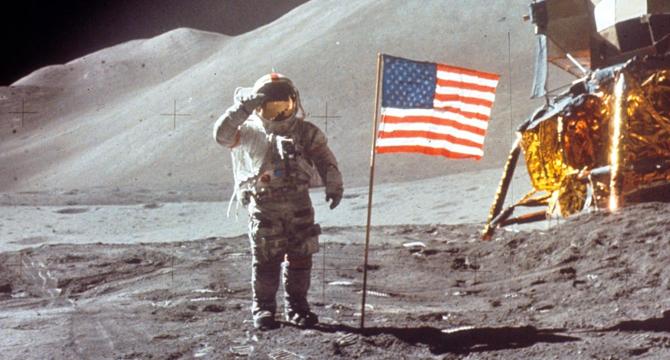Insider
1M
27

Image Credit: Insider
Why the US hasn't returned humans to the moon. The reasons are depressing.
- The reason people haven't returned to the moon is budgetary and political, not scientific or technical, say astronauts. With NASA's 2024 budget of $24.9 billion, the agency's budget has fluctuated between 0.4% and 1% of US spending since the 1970s. A 2021 report from NASA estimated the Artemis program to return to the moon would cost a total of $93 billion from 2012 through 2025, while the Apollo program cost about $257 billion in today's dollars. Another stumbling block is partisan political whiplash. For example, President Obama pushed to scrap the Constellation program when he took office in favor of the SLS rocket.
- The moon is no joke for humans. Its surface is exposed to the sun's harsh rays for about 14 days at a time, devoid of protection against solar radiation. Peggy Whitson, an experienced astronaut, previously noted the extraordinary problems that come with the dust that covers the lunar surface. Additionally, the US government spent billions to replace all the satellite equipment to map the surface of the moon to help make their landing safer.
- Lunar dust is known to cause serious health problems and sticks easily to equipment and skin. The moon's environment is also hazardous with eye-popping temperature fluctuations. NASA has been working to design spacesuits and rovers that can withstand the harsh conditions, but there's no telling when that equipment will be ready to launch. The US government has also started developing a fission power system that could supply electrical energy during weekslong lunar nights.
- Partisan political whiplash contributes heavily to the fact that the US hasn't returned humans to the moon. Incoming presidents and policymakers often scrap previous leaders' space-exploration priorities. NASA engineers and scientists take years designing spacecraft to get humans to other worlds, only for lawmakers to cancel those priorities. This has led to cancellation after cancellation, billions in wasted time, and a loss of momentum.
- Support for human lunar missions and manned Mars exploration isn't particularly strong, however. According to a 2023 Pew Research Poll, only 12% of around 10,329 respondents said NASA should prioritize human lunar missions and 11% for Mars exploration. Meanwhile, 60% said scanning the skies for dangerous asteroids was important, indicating limited public interest in lunar exploration.
- Many in the US space industry predict that private companies will finally take humans back to the moon. Billionaires such as Jeff Bezos and Elon Musk have already been busy developing new space exploration ventures, fully aware that new transportation is needed to push humans beyond the moon. Musk has been vocal about how his Starship launch system could pave the way for affordable regular lunar visits. Bezos and Blue Origin have their own plans to use New Glenn rockets to build the first moon base.
- Another issue preventing a return to the moon is the aging NASA workforce. An estimated 14% personnel are over 40 years old. Of those polled in 2019, more American kids dreamed of becoming YouTubers than astronauts. Astronauts say innovation and excitement come from young people, meaning that NASA needs to attract more youngsters to the agency.
- NASA has designed dust- and sun-resistant spacesuits and rovers, but it is uncertain whether that equipment is ready to launch. Astronauts don't doubt whether humans will get back to the moon and onto Mars; it's just a matter of when.
- Public interest in lunar exploration has always been lukewarm despite landing 12 people on the moon being among NASA's greatest achievements. In comparison, NASA's 2024 budget represents about 0.36% of US spending, according to a report from the Planetary Society. Its portion of the federal budget peaked at 4% in 1965 before fluctuating wildly between 0.4% and 1% since the 1970s.
- "A permanent human research station on the moon is the next logical step. It's only three days away. We can afford to get it wrong and not kill everybody," Chris Hadfield, a former astronaut. A lunar station could, among other things, provide propellant for deep space missions, make it easier for humans to live on Mars, create space telescopes, and spur lunar space tourism. It could also solve longstanding scientific mysteries about Earth and the moon's creation.
- The moon is an unforgiving and harsh environment for humans. The sun's harsh rays beat down for about 14 days at a time, exposing the moon's surface to deadly solar radiation. The next 14 days are in total darkness, reducing temperatures to below minus 200 degrees Fahrenheit, making it one of the colder places in the solar system. NASA is working on a nuclear power system that could supply electricity during weekslong lunar nights.
Read Full Article
1 Like
For uninterrupted reading, download the app